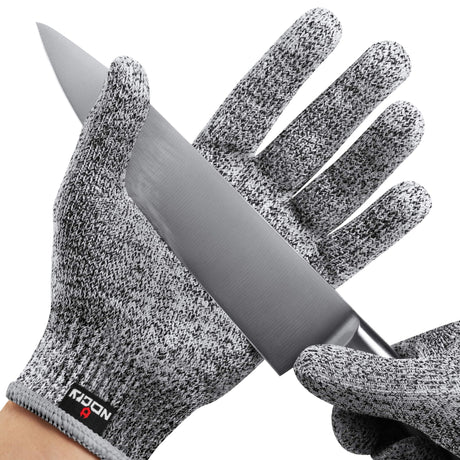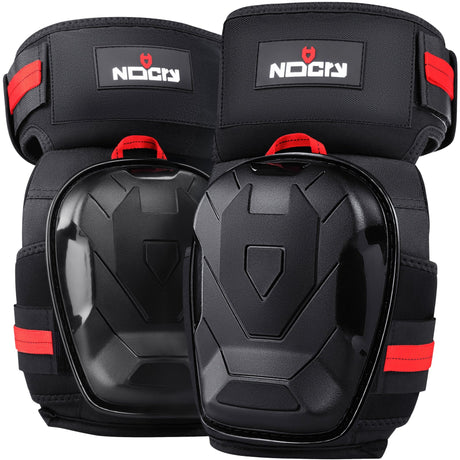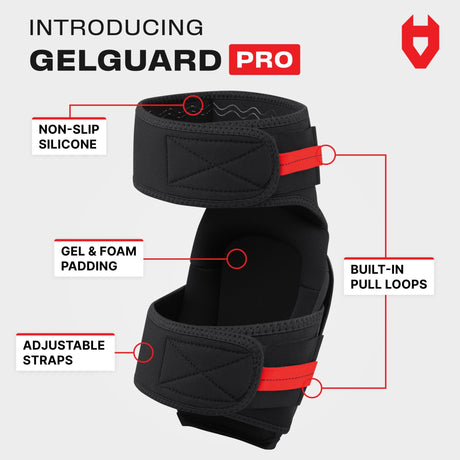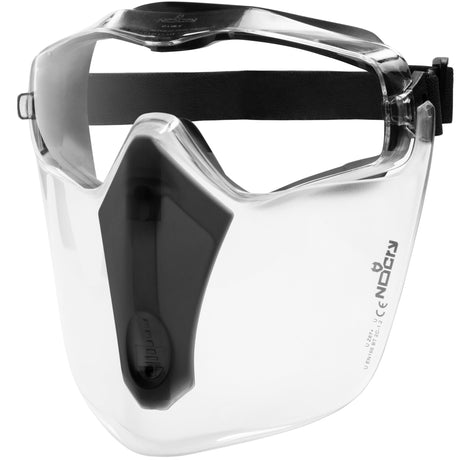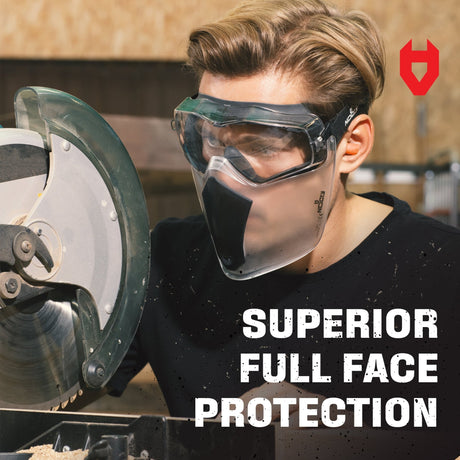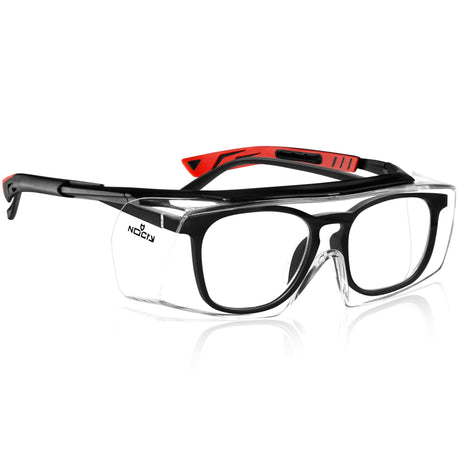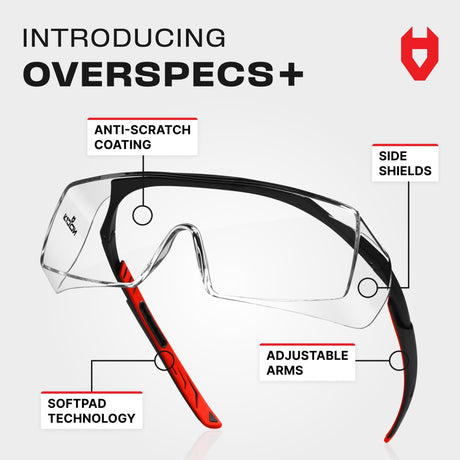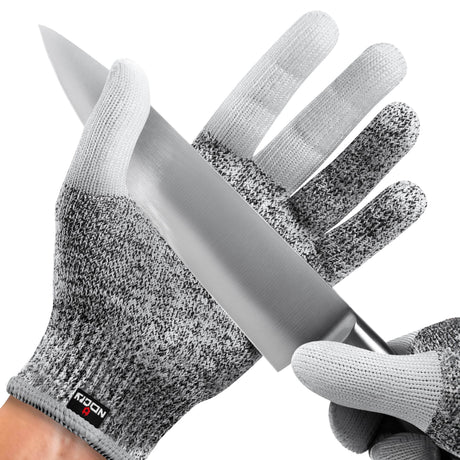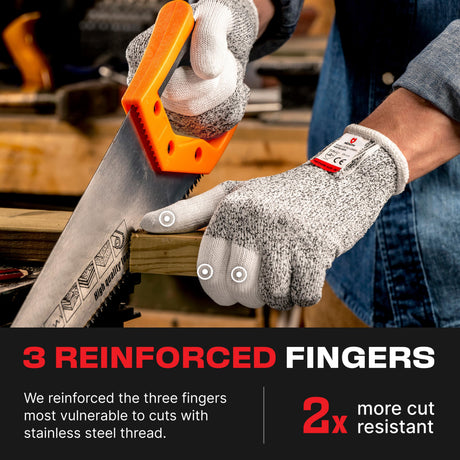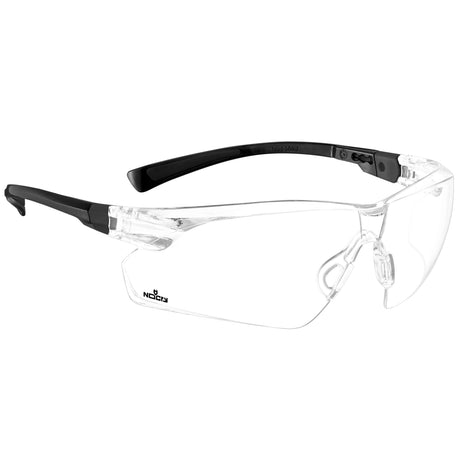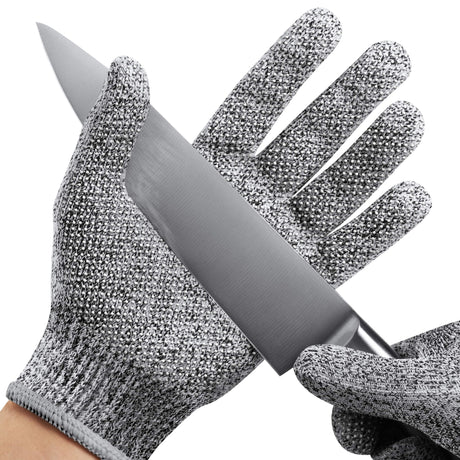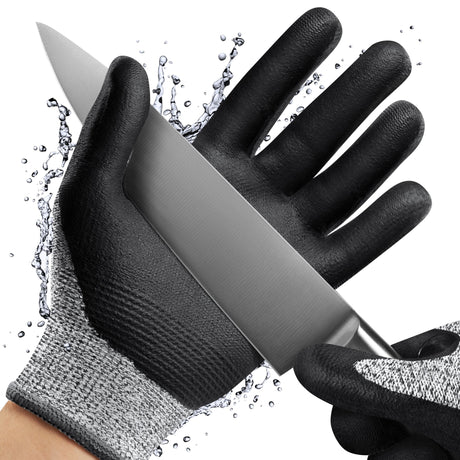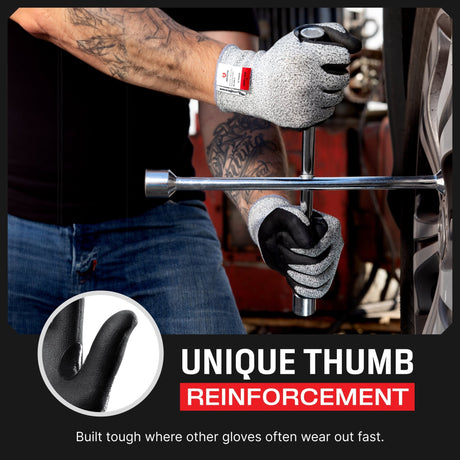Contents
Key Takeaways
- OSHA requires ANSI Z89.1–compliant helmets in environments with falling or swinging objects, including tools, branches, or debris.
- A 2-pound branch or tool falling from 30 feet delivers ~80 joules of energy, enough to cause severe head trauma.
- Managers must select helmets based on impact type (top vs. side) and electrical risk, track manufacture dates, and enforce proper use.
- Comfort is critical in forestry; helmets must encourage wear during physically demanding work in heat and rain.
Why Must Forestry Employers Provide Head Protection?
Working under trees, operating chainsaws, or clearing brush exposes crews to high-risk overhead hazards. OSHA 29 CFR 1910.135 mandates helmets wherever there’s risk of falling or swinging objects or electrical hazards.
Imagine:
- A 2-lb chainsaw part or branch falls from 30 ft → speed ≈ 55 mph → energy ≈ 80 J.
- Without ANSI-rated head protection, injuries range from concussion to skull fracture or death.
- Fines for non-compliance can reach tens of thousands of dollars.
Safety manager tip: Conduct a zone-based hazard assessment for every tree operation and enforce ANSI helmet use.
What Does ANSI Z89.1 Mean?
ANSI Z89.1 certification ensures helmets are tested for industrial hazards:
- Type I → protects against top impacts, common from falling branches or tools.
- Type II → protects against top and side impacts, critical when working in confined spaces, dense foliage, or near swinging limbs.
- Class E → up to 20,000 volts, for electrical line work.
- Class G → up to 2,200 volts, general construction or forestry tasks near low-voltage sources.
- Class C → no electrical protection, vented for comfort in hot outdoor conditions.
Always check the internal ANSI label, and remove any helmet without a readable standard, type, or class.

Why Matching Helmet to Forestry Hazard Matters
Gravity doesn’t negotiate. In forestry, a 2-lb branch or tool falling from 30 ft hits with ~80 J of energy, enough to cause a serious head injury.
Safety managers must enforce proper helmet selection for each zone, inspect regularly, and immediately remove any helmet that is damaged or expired. “Close enough” helmets aren’t safe in tree work.
Head Protection Risk Assessment: The 3-Step Framework
1. Identify Hazards
- Map areas with overhead branches, swinging limbs, or potential tool-drop hazards.
-
Determine impact direction: vertical or lateral.
2. Match Type and Class
- Assign each zone a Type I or II helmet requirement and a Class E, G, or C for any electrical exposure (if working near lines).
- Select models that meet or exceed those specifications.
3. Verify Compliance & Fit
- Inspect ANSI labels, check manufacture dates, ensure proper fit.
- Use color coding and periodic audits to keep all crews and procurement aligned.
This framework ensures helmets are matched to actual forestry risks, not assumptions.
The Difference Between Bump Caps And Hard Hats
Bump caps are lightweight headgear designed to protect against minor bumps or scrapes, such as when moving around low-clearance spaces or inside vehicles, but they are not tested for falling objects or electrical hazards.
Hard hats, on the other hand, are ANSI/ISEA Z89.1–certified helmets built to absorb significant impact from falling or swinging objects and, depending on the class, can also provide electrical protection.
In forestry, where branches, tools, and debris can strike from above or the side, only hard hats offer the level of protection needed to prevent serious head injuries.
If a crew member wears a bump cap while clearing a tree and a small branch strikes their head, the cap will fail, resulting in injury. Proper hard hats are non-negotiable for all high-risk forestry tasks.
Do Climbing-Style or European Helmets Meet OSHA Standards?
Some modern forestry helmets resemble mountaineering designs with chin straps, vents, or sleek profiles. Many are EN 12492-certified (mountaineering standard), which does not protect against U.S. industrial hazards or electrical risk. Only ANSI Z89.1-certified helmets meet OSHA requirements for forestry operations.
How Should Helmets Be Selected for Forestry Hazards?
Safety managers must match helmets to the specific type of hazard in each forestry task:
- Falling branches or tools overhead: Type I helmets are standard.
- Swinging limbs or working in tight canopy spaces: Type II helmets are necessary.
- Chainsaw operations near live wires or tree lines: Class E or G helmets.
- Hot, sun-exposed work zones without electrical risk: Class C helmets with ventilation improve worker adoption.
Comfort matters. Helmets that are hot, heavy, or restrictive often end up off workers’ heads, defeating the purpose.
Do Forestry Workers Need Electrical Protection?
For most forestry tasks, such as pruning, tree removal, or clearing brush, electrical hazards are minimal, so a Class C helmet (vented for comfort, no electrical protection) is sufficient.
However, there are exceptions:
- Tree trimming near power lines: Even a small contact or arc flash can cause serious injury.
- Utility forestry or line clearing crews: Workers often operate close to live wires or electrical infrastructure.
- Equipment contact with wires: Chainsaws or metal tools can occasionally touch overhead or buried lines.
- Manager takeaway: Only provide Class E or G helmets when workers are exposed to electrical risks. For standard forestry operations, ventilated, top-impact helmets (Type I, Class C) offer the necessary protection and improve comfort, encouraging consistent use.
How Often Should Helmets Be Inspected or Replaced?
- Daily pre-shift inspection: Check for cracks, frayed straps, fading, or dirt buildup.
- After any impact: Retire the helmet immediately, even if damage is minor.
- Scheduled rotation: Track manufacture date; replace helmets older than five years.
Conclusion
For safety managers overseeing forestry crews:
- Conduct zone-specific hazard assessments.
- Verify ANSI compliance, type, and class for each helmet.
- Track manufacture dates, rotation, and condition.
- Train workers to wear helmets correctly and enforce use rigorously.
Even in physically demanding outdoor work, the right helmet is a life-saving tool, not a bureaucratic requirement. Remember: it takes seconds to inspect a helmet, milliseconds for a branch or tool to fall. And no hard hat will fully replace common sense and safe work habits.
FAQ
Are hard hats required in forestry?
Yes. OSHA mandates ANSI Z89.1–compliant helmets whenever there’s risk from falling branches, tools, or electrical hazards.
What’s the difference between Type I and Type II helmets?
- Type I: Protects from top impacts (falling branches/tools).
- Type II: Protects from top and side impacts, important in confined canopies or near swinging limbs.
Can bump caps be used instead of hard hats?
No. Bump caps only protect against minor bumps; they do not stop falling debris or provide electrical protection.
How often should helmets be inspected or replaced?
Check daily for cracks, dents, or strap damage. Replace after any impact or if older than five years.
Do climbing-style helmets meet OSHA standards?
Only if they carry the ANSI Z89.1 label. Many EN 12492 (mountaineering) helmets do not meet U.S. industrial requirements.







